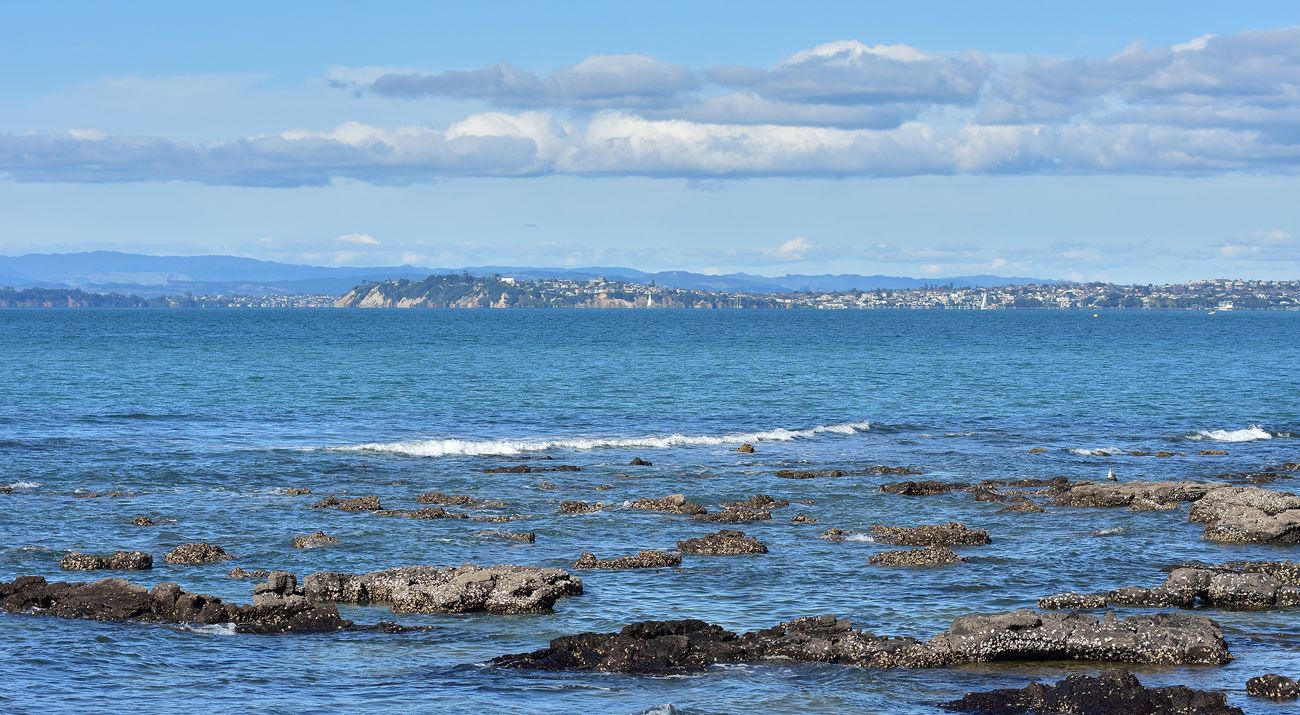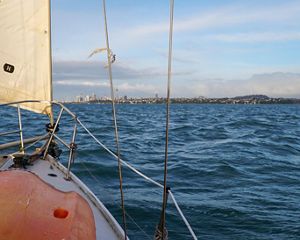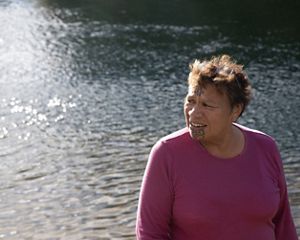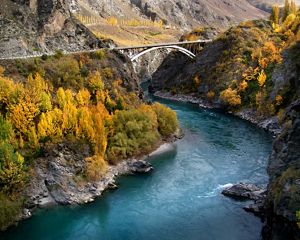The Tīkapa Moana / Te Moananui-ā-Toi / Hauraki Gulf Challenge Fund
The science is clear—without ambitious and urgent action, the Hauraki Gulf’s future is uncertain.
The Tīkapa Moana / Te Moananui-ā-Toi / Hauraki Gulf is a special place. It is a taonga of national importance—for both people and nature. She is the ‘jewel—the sparkling blue sapphire—in Auckland’s crown’. If she is well, the people are well.
But this beloved body of water, her beaches and her islands are suffering. Much has been lost and degraded. The latest State of our Gulf report released by the Hauraki Gulf Forum presents this clearly. Beneath her sparkling blue surface, agricultural runoff, untreated sewage and litter pose a dangerous threat to the ecosystem and to the people who live in and visit the Hauraki Gulf.
Thankfully, not all is lost, and there is progress on many fronts—particularly since the establishment of the Hauraki Gulf Marine Park 20 years ago. However, the science and evidence are clear. Without drastic and urgent action, the Gulf’s future is uncertain.
Quote: State of our Gulf 2023 Report
Recent events have underscored the precarious nature of the situation and the ecological tipping points we seem intent on testing. We can increase the resilience of the Gulf to the coming storm, by improving the health of the Gulf ecosystem. But we must act quickly and at scale.
There’s a surprisingly easy way to help reverse this decline—by rebuilding the Hauraki Gulf’s mussel beds. For generations, the Gulf was flush with 1,500 km2 of mussel beds and reefs that acted as nature’s own water purification system. Just one little mussel has the power to filter enough water to fill an entire bathtub in a day.
Taking a science-based and collaborative approach, TNC is working with local partners as part of the Revive Our Gulf initiative to support the long-term aspirational goal of restoring 1,000 km2 of shellfish beds and reefs in the Hauraki Gulf.
As of 2024, Revive Our Gulf has distributed over 37 million mussels in the Hauraki Gulf / Te Moananui-ā-Toi / Tīkapa Moana to accelerate restoration efforts and enhance climate resilience.
But decades of commercial dredging and overuse had nearly wiped out the Hauraki Gulf’s mussel beds. Without the filtering power of mussel reefs, the Gulf’s waters have become murkier and more vulnerable to the effects of increasing nutrient runoff and pollution, leaving the Gulf in great danger.

We must address this challenge today. That’s why the Nature Conservancy (TNC) and Foundation North have partnered to establish New Zealand’s first-ever conservation challenge fund to help reverse the Gulf’s decline by focusing on restoring lost shellfish beds.
CEO of Foundation North Peter Tynan commented “The Nature Conservancy has used the Challenge Fund model successfully to save habitats in other corners of the world, so we are very excited by this opportunity to try a new philanthropic model and partner with them to accelerate international support for the restoration of Tīkapa Moana Te Moananui-ā-Toi the Hauraki Gulf.”
Funds raised through the Challenge Fund will help speed up restoration efforts and build resilience for the rapidly changing climate. Our goal is to bring back the many ecological and economic benefits shellfish once provided whilst contributing to overall restoration efforts in the Hauraki Gulf.
To date, TNC has raised over NZD $1 million, but we need to raise another NZD $1 million to unlock the matching amount pledged by Foundation North to support shellfish restoration efforts in the Gulf. Every dollar that raised for this important work, Foundation North will match—dollar for dollar.
TNC and Foundation North envision a Gulf restored to its previous levels of abundance. The Hauraki Gulf Challenge Fund is critical in taking restoration efforts to the next level, and accelerating restorative aquaculture practices at a scale never before witnessed in the Gulf.
If you’re interested in making a contribution to the Hauraki Gulf Challenge Fund, please contact emma.dent@tnc.org.



